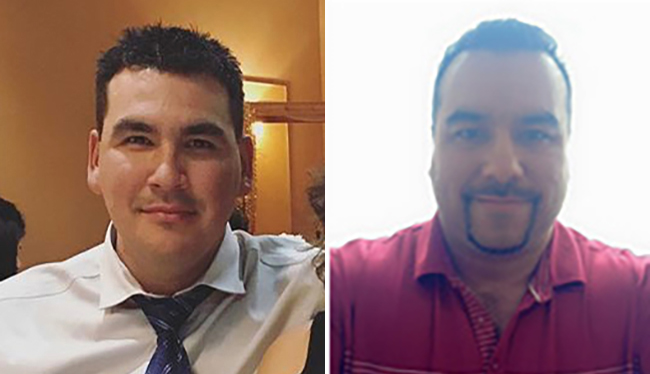Little NHL alters format for Tyke category

MISSISSAUGA – A few notable changes have been adopted for Ontario’s largest First Nations youth hockey tournament.
The 47th annual Little Native Hockey League tourney will be staged Mar. 11-15 in Mississauga.
The Moose Cree First Nation, which also hosted the 2017 edition of the tournament in Mississauga, will once again host the event, which is more commonly known as the Little NHL.
One of the biggest Little NHL changes for 2018 is the fact tournament officials have altered the format of the youngest Tyke (for those aged 5-6) category.
Instead of having these youngsters play a game on a full ice pad, there will now be two Tyke matches going on at the same time, resulting in a half-ice format.
Clubs will still have with six players (five skaters and a goalie) per side on the ice. Games will last for 24 minutes and include three-minute shifts.
Squads will then cross over the ice and play another side in another 24-minute contest.
All Tyke teams will have three of these sessions, resulting in six games in total. But no scores will be kept in any of the matches.
And all of the Tyke players will be awarded the same participation medal.
The half-ice format, which is already being utilized by Hockey Canada programs across the country, strives to give young players more touches with the puck and also more shots and passes, developing their skills more quickly.
Little NHL officials have received their share of feedback, both negative and positive, about the new Tyke format.
“Change is always hard,” said Brenden Biedermann, the Little NHL co-ordinator for the host Moose Cree First Nation. “It doesn’t matter what it is. Some people are open to it and some are not.”
The Little NHL executive voted to adopt the new rule, as well as some others, at its Nov. 11 meeting.
Though he did not have a vote himself, Biedermann is in favour of Tykes playing half-ice games.
“I like how the format is set up,” he said. “I’ve done a lot of research on it. Hockey Canada and the people who study the sport on a game to game basis feel this way is the way to go.”
Biedermann added tournament officials might have to do some tinkering with the new Tyke division.
“It’s going to be a work in process,” he said. “The whole idea behind it is to have more kids getting more time with the puck. I don’t know if this is permanent. But we’ll do it for the foreseeable future.”
And there’s a chance another young age group could also be following suit. Biedermann said there has been some talk Hockey Canada officials are also keen to introduce half-ice games at the Novice level (for those aged 7 and 8) possibly as early as the 2018-19 season.
If that were to occur, it remains to be seen whether Little NHL officials would also follow suit.
Lawrence Enosse, a member of the Little NHL executive, will be responsible for the Tyke division at next year’s tournament. He likes the new format.
“It’s a good thing,” Enosse said. “It’s going to be a transition for everybody. A lot of people have not seen this format before.”
Like Biedermann, Enosse was anticipating some negative reactions about the new Tyke format from those opposed to the change.
Another tournament change is the fact the Bantam division will now include contact. Only the Midget category included contact in previous years.
Enosse thought Little NHL officials would receive more push back about adding contact to the Bantam grouping. Instead they’ve been hearing quite a bit more about those who do not like the Tyke format.
“I think now we’ve only had the only complaint about that,” Enosse said of the new Bantam contact rule.
Some parents had also expressed concerns that those aged three and four would no longer be allowed to play in the tournament. But Little NHL officials clarified this ruling at their last meeting.
Those youngsters can play in the Tyke division provided their parent or guardian provide written approval. The Little NHL executive committee would then have to give its consent as well.
“The uniqueness of the Little NHL has always been as long as you are a First Nations player from Ontario you are welcome to play,” Biedermann said. “I believe that has been and will always be the case.”


